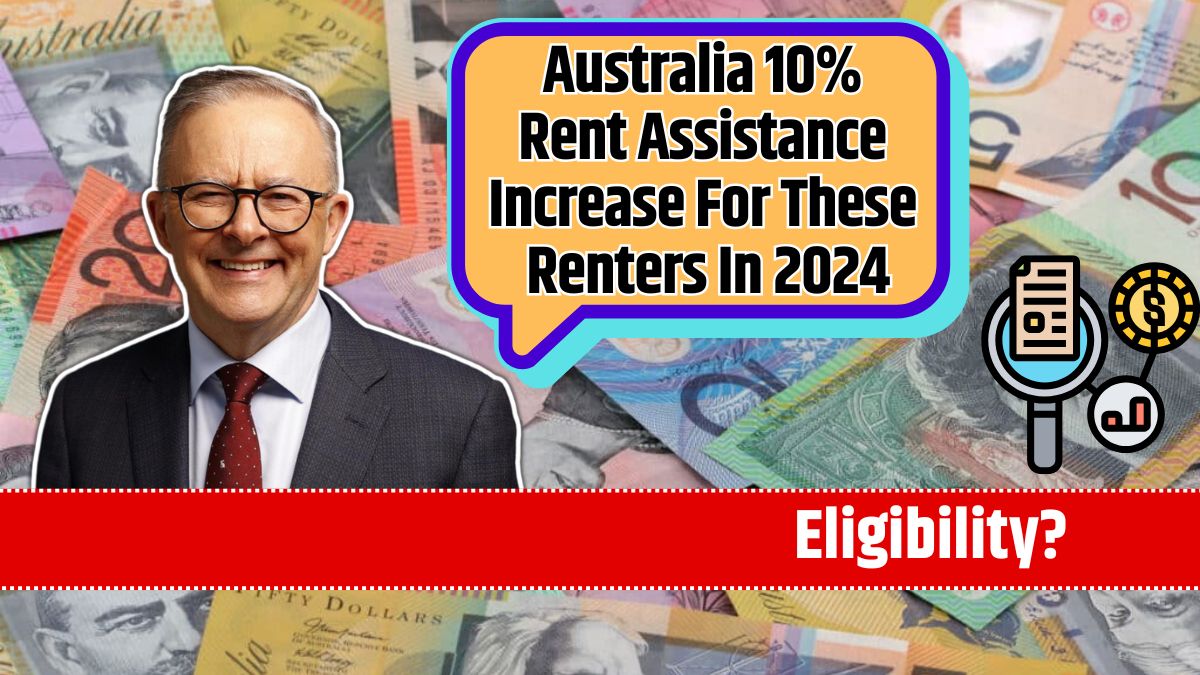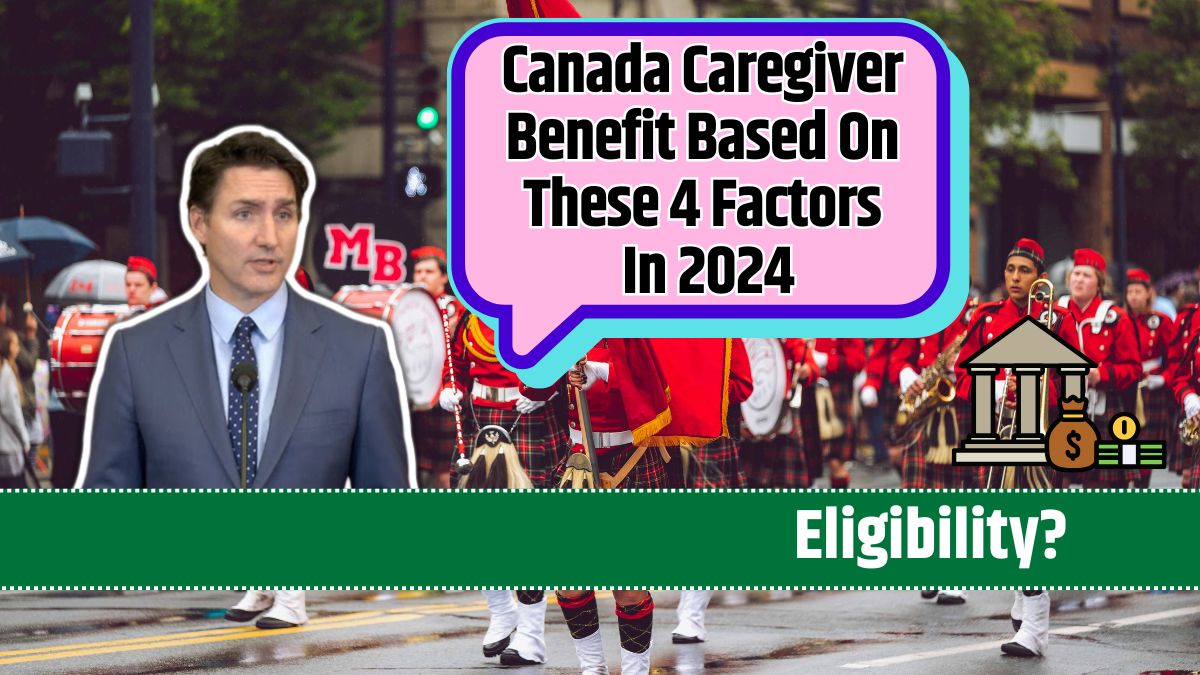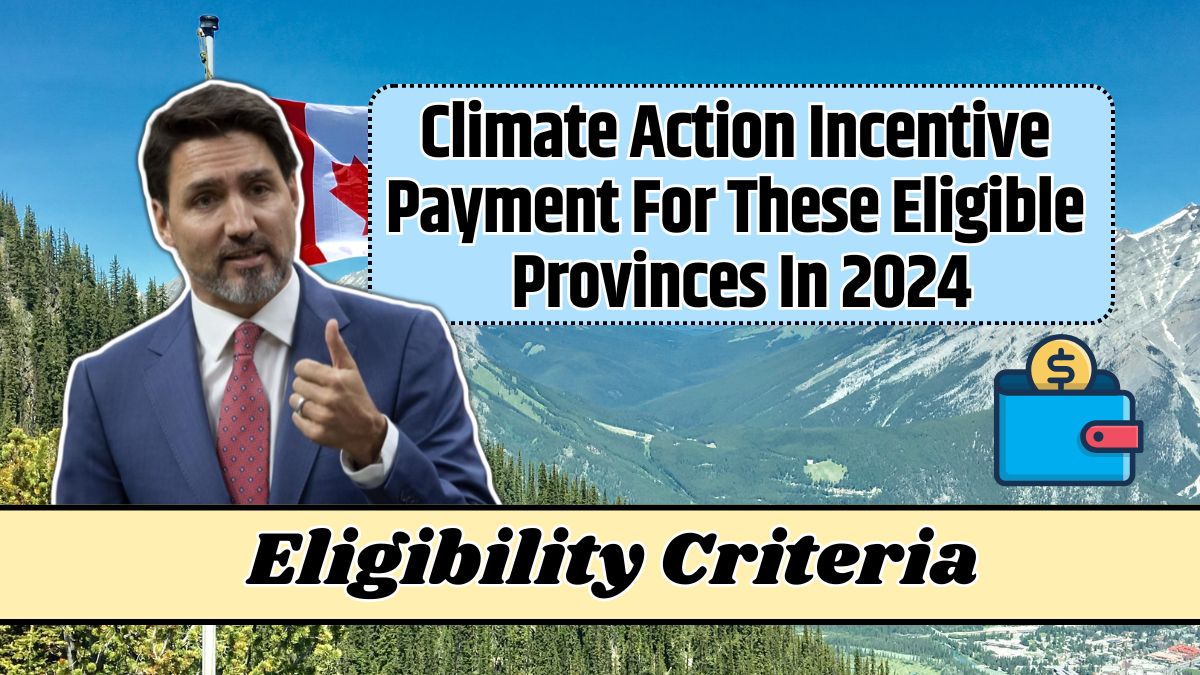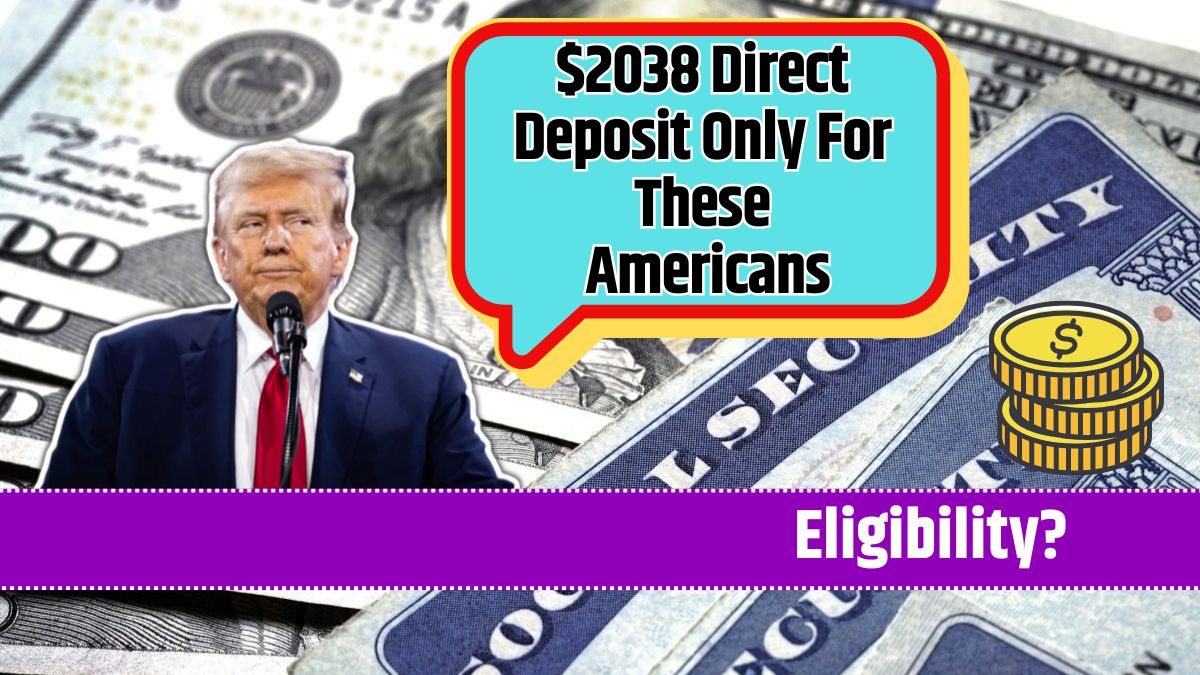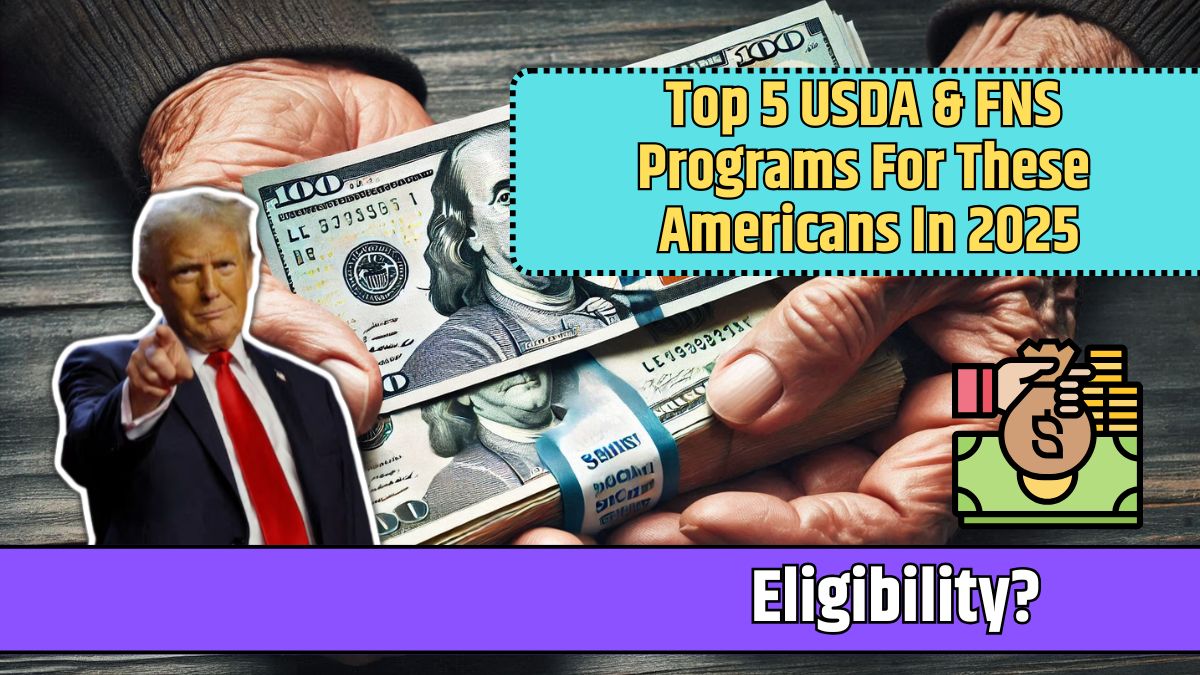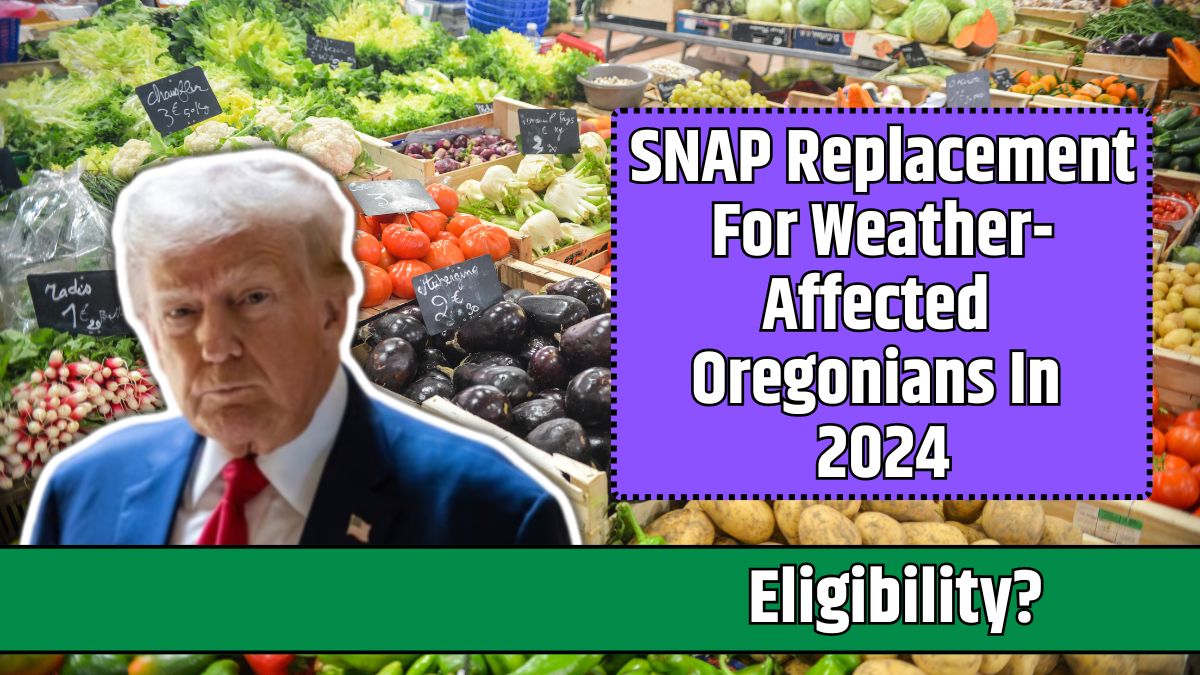The Supplemental Nutrition Assistance Program (SNAP), commonly known as Food Stamps, plays a vital role in fighting food insecurity across the U.S. Managed by the USDA, this program provides monthly benefits to eligible individuals and families based on household size and income.
Let’s dive into the latest statistics, maximum benefits, and eligibility requirements to understand how SNAP can assist those in need.
Average Monthly Benefits
For Fiscal Year (FY) 2023, the USDA reported an average benefit of $211.93 per participant. This figure reflects individual-level payments, not household averages.
Looking ahead to FY 2025, average payments are expected to be approximately $199 for a household of one, slightly lower than in FY 2023.
The average benefit scales significantly with household size:
| Household Size | FY 2025 Average Benefit |
|---|---|
| 1 | $199 |
| 2 | $364 |
| 3 | $594 |
| 4 | $726 |
| 5 | $845 |
| 6 | $1,018 |
| 7 | $1,116 |
| 8 | $1,317 |
For larger households, add $220 per additional member. These amounts give an idea of the financial assistance available to families struggling with food costs.
Maximum SNAP Benefits (2024-2025)
Effective from October 1, 2024, through September 30, 2025, the maximum monthly benefit for SNAP recipients has increased. These maximum payments reflect the highest amount a household can receive based on size and eligibility:
| Household Size | Maximum Monthly Benefit |
|---|---|
| 1 | $292 |
| 2 | $536 |
| 3 | $768 |
| 4 | $975 |
| 5 | $1,158 |
| 6 | $1,390 |
| 7 | $1,536 |
| 8 | $1,756 |
For each additional member, add $220. These updated maximums account for the cost-of-living adjustment (COLA), ensuring benefits keep pace with inflation.
SNAP Eligibility
SNAP eligibility hinges on income, household size, and resource limits. Here’s an overview:
Income and Resource Limits
To qualify, households must meet both gross income limits (pre-tax) and net income limits (after deductions like housing costs and utilities). For example:
- A household of 4 must have a gross monthly income under 130% of the federal poverty line (FPL) and a net income below 100% of FPL.
- Resource limits include cash or bank account assets, typically capped at $2,750 ($4,250 for seniors or disabled individuals).
Special Considerations
- Disabilities/Seniors: Higher income/resource limits apply.
- Work Requirements: Most adults aged 18-49 without dependents must meet work requirements or participate in a qualifying job program.
- Residency: Benefits are only available in the applicant’s current state of residence.
Non-Eligible Groups
Some groups are ineligible for SNAP, regardless of income:
- Striking workers.
- College students attending more than half-time.
- Undocumented immigrants.
- Certain lawful immigrants without permanent residency.
Why SNAP Matters
SNAP is a lifeline for millions, providing critical support as inflation continues to pressure food costs. In FY 2023, the program spent a whopping $112.8 billion to assist Americans in need, underscoring its pivotal role in reducing food insecurity nationwide.
Whether you’re considering applying for SNAP or want to understand how benefits are allocated, staying informed about these guidelines ensures you can access the support you’re entitled to.
With rising benefit amounts and adjusted eligibility, SNAP continues to serve as a safety net for countless households.


